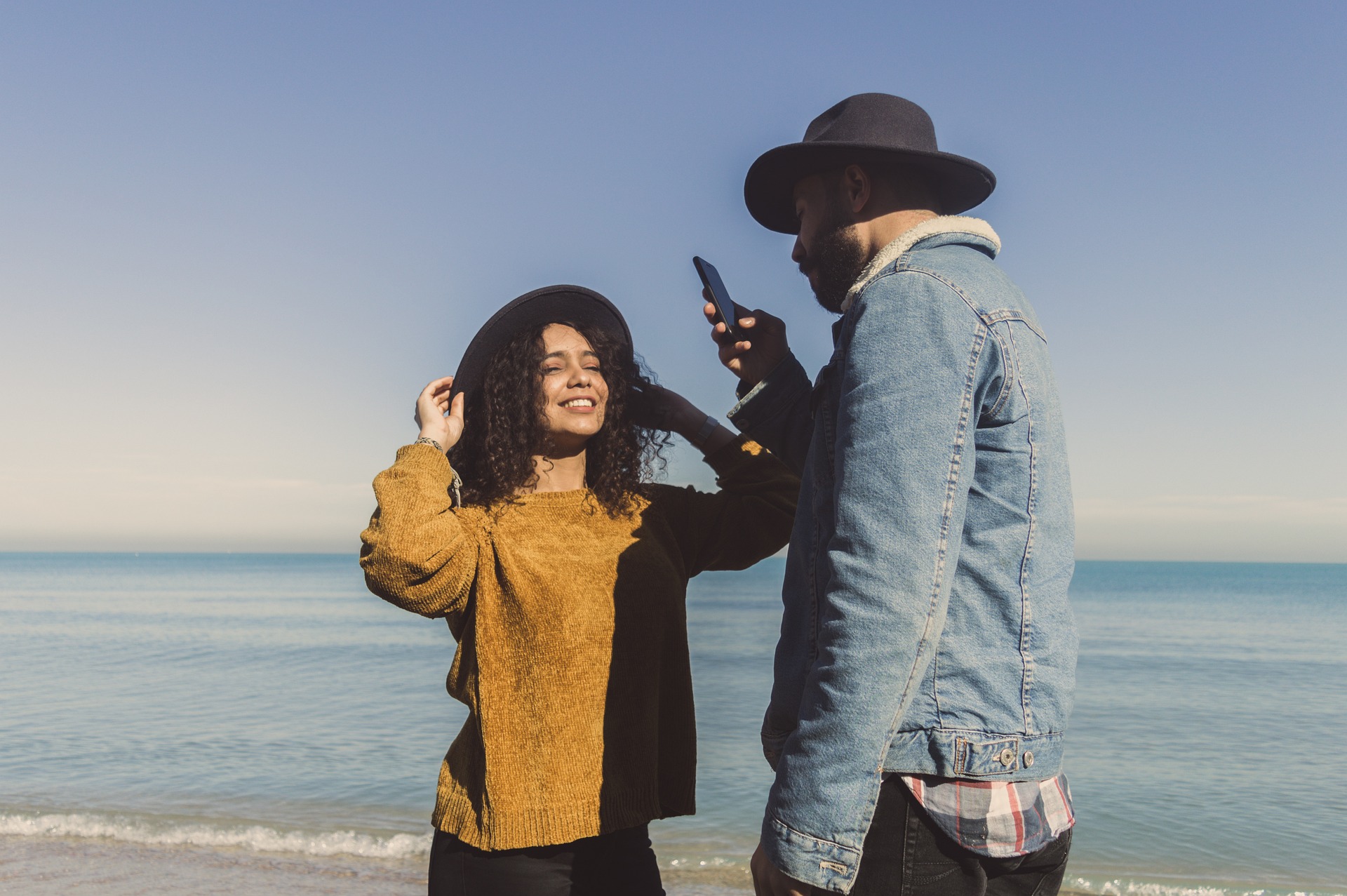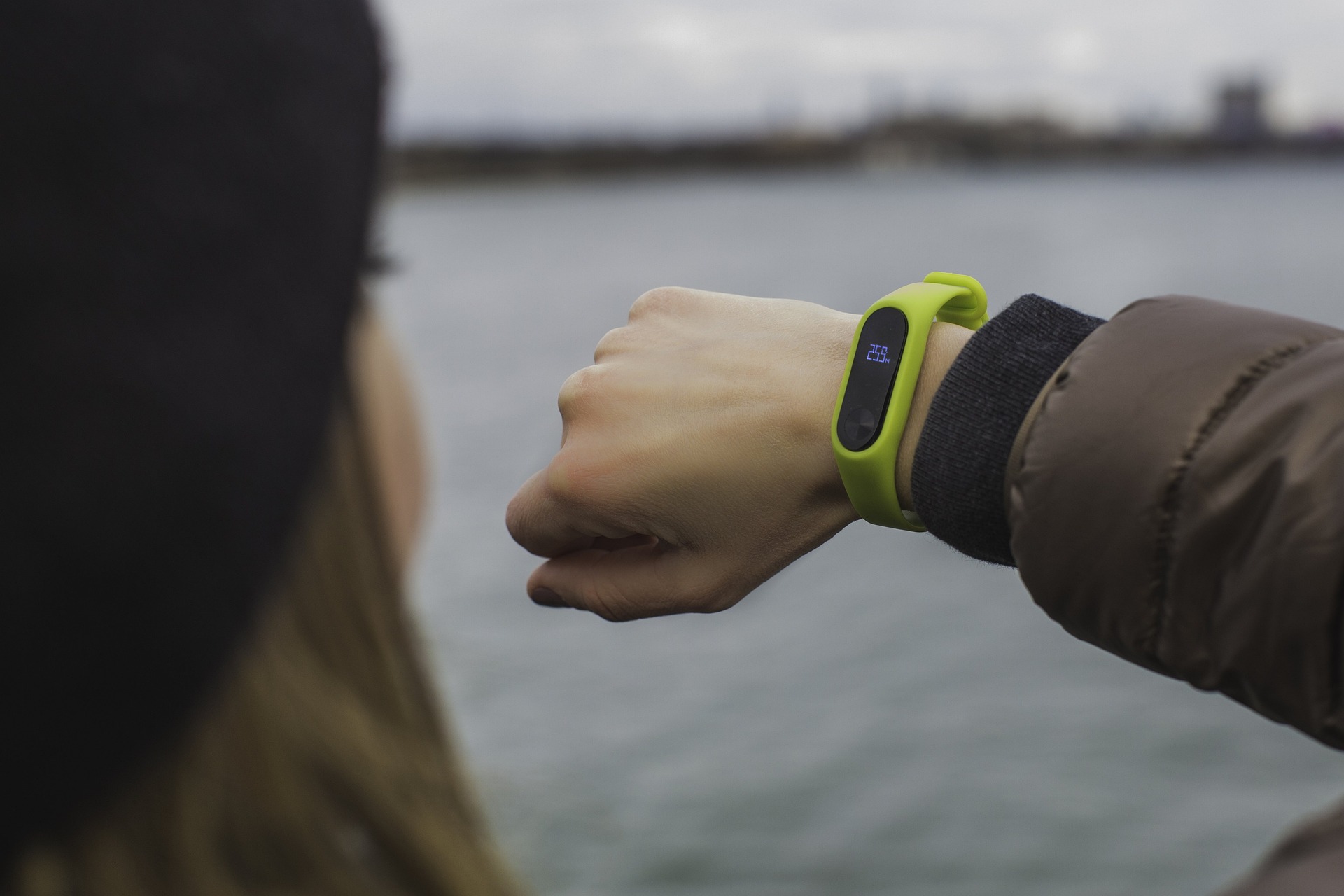The Influence of Social Media on Fashion Trends
Social media has become a dominant force in shaping fashion trends, transforming how people discover, share, and engage with fashion. Platforms like Instagram, TikTok, and Pinterest have given rise to a new era of fashion influence, driven by user-generated content, influencers, and instant access to global trends. Read below to explore the profound impact of social media on fashion trends.

Real-Time Trendsetting and Virality
Social media’s real-time nature allows fashion trends to spread rapidly across the globe. Platforms like Instagram and TikTok enable users to share their outfits and style inspirations instantly, creating a ripple effect that can turn a simple post into a viral trend. Hashtags, challenges, and trending topics amplify this reach, making it easier for new styles to gain popularity overnight.
For instance, the hashtag #OOTD (Outfit of the Day) on Instagram has millions of posts, with users showcasing their daily outfits and influencing their followers. TikTok challenges, where users recreate specific looks or styling hacks, can turn niche fashion ideas into mainstream trends. This rapid dissemination of fashion content democratizes trendsetting, allowing anyone with a smartphone to become a fashion influencer.
The Power of Influencers
Influencers play a pivotal role in shaping fashion trends on social media. With their large followings and relatable content, influencers have the power to sway consumer behavior and set trends. From high-profile celebrities to micro-influencers, these individuals curate and share their personal style, often collaborating with brands to promote new collections.
Influencers provide authenticity and relatability, making fashion accessible and aspirational for their followers. Their endorsements and styling tips can drive significant traffic and sales for brands, highlighting the symbiotic relationship between influencers and the fashion industry. Collaborations often result in limited-edition collections and exclusive pieces, further driving the desirability of the trends they promote.
User-Generated Content and Community Engagement
User-generated content (UGC) has become a cornerstone of social media fashion trends. Platforms encourage users to share their own fashion creations, styling tips, and shopping hauls, fostering a sense of community and participation. This grassroots approach to fashion trendsetting empowers consumers to become creators and tastemakers.
Fashion brands leverage UGC to build authentic connections with their audience. By featuring customer photos and reviews on their social media pages, brands not only showcase real-life applications of their products but also build trust and loyalty among their followers. This community-driven content often resonates more deeply with consumers than traditional advertising.
E-commerce Integration and Shoppable Content
The integration of e-commerce with social media has streamlined the shopping experience, making it easier for consumers to purchase the latest trends directly from their feeds. Platforms like Instagram and Pinterest have introduced shopping features that allow users to buy products without leaving the app. Shoppable posts and stories link directly to product pages, enabling instant purchases.
TikTok has also ventured into e-commerce with features like TikTok Shopping, where users can shop directly from live streams and creator videos. This seamless integration of content and commerce not only enhances the user experience but also drives impulse buying and increases conversion rates for brands.
Data-Driven Fashion Insights
Social media platforms provide a wealth of data that brands and designers can use to identify and analyze emerging trends. By monitoring engagement metrics, such as likes, shares, and comments, fashion brands gain insights into consumer preferences and behavior. This data-driven approach enables brands to stay ahead of trends and tailor their offerings to meet the demands of their audience.
For example, by analyzing the popularity of certain hashtags or the performance of influencer collaborations, brands can gauge the potential success of new products and campaigns. This real-time feedback loop allows for more agile and responsive fashion production, reducing the risk of overproduction and waste.
Useful Tips and Facts
- Hashtags: Using popular fashion hashtags like #OOTD, #FashionInspo, and #StyleTips can increase visibility and engagement on social media posts.
- Micro-Influencers: Collaborating with micro-influencers (5,000-100,000 followers) can yield higher engagement rates and more authentic connections than working with macro-influencers or celebrities.
- Shoppable Content: Utilizing shoppable posts and stories can streamline the purchasing process and boost sales.
- Video Content: Short-form video content, such as TikTok videos and Instagram Reels, is highly effective in showcasing fashion trends and engaging audiences.
- Sustainability: Highlighting sustainable fashion practices and ethical sourcing can resonate with socially conscious consumers and build brand loyalty.
Conclusion
Social media’s influence on fashion trends is undeniable, revolutionizing how trends are created, shared, and consumed. From real-time trendsetting and the power of influencers to user-generated content and e-commerce integration, social media platforms have transformed the fashion landscape. By leveraging these trends and staying attuned to the dynamic nature of social media, fashion brands and consumers alike can navigate the ever-evolving world of fashion with confidence and creativity. Embrace the power of social media to stay ahead of trends and make your mark in the fashion industry.




